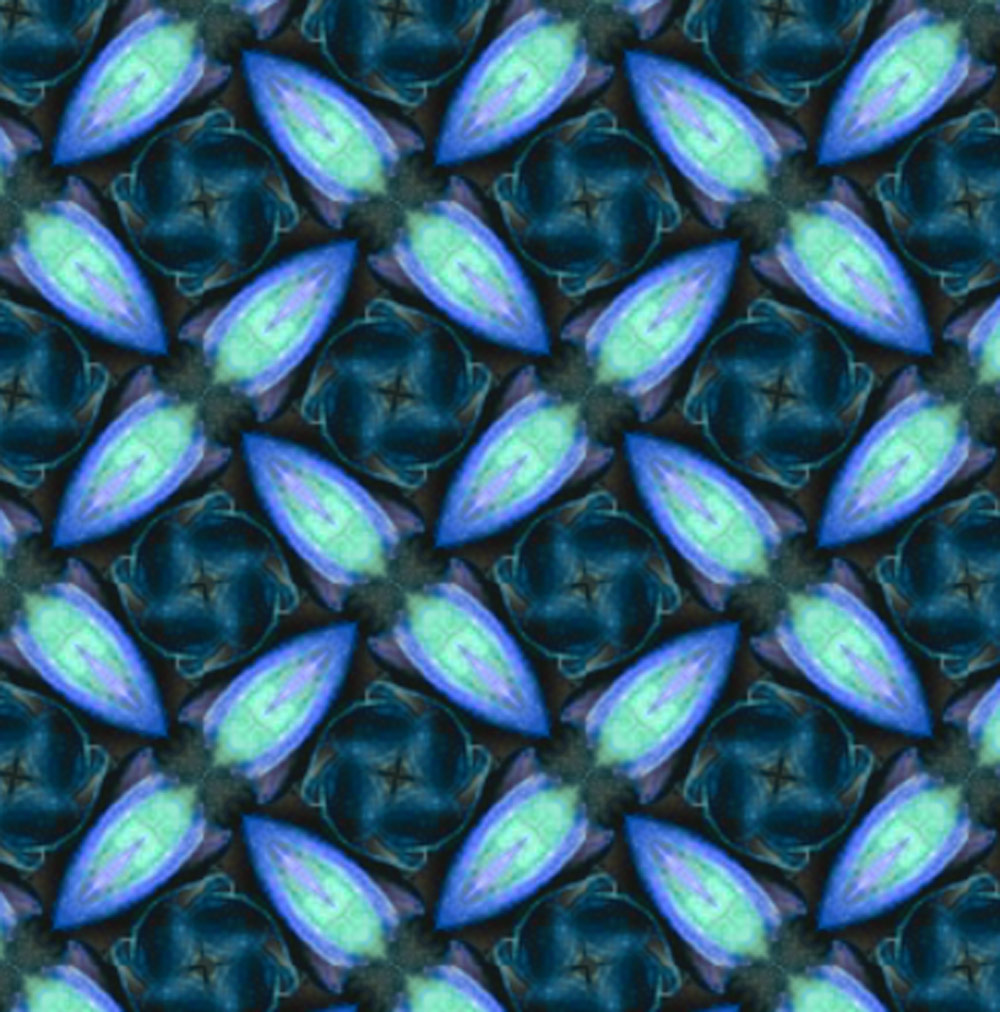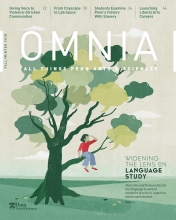Physicist Charles Kane and chemist Andrew Rappe were part of an international team of scientists to discover a new form of insulating material with a metallic surface that may enable more efficient electronics, or even quantum computing. Their findings were facilitated by the development of a new method for analyzing existing chemical compounds that relies on the mathematical properties that govern the repeating patterns seen in everyday wallpaper.
The research, published in the journal Science, involved a collaboration among groups from Penn, Princeton University, Sungkyunkwan University, Freie Universität Berlin, and the Max Planck Institute of Microstructure Physics.
The discovery of this phase in crystals of lead-strontium, Sr2Pb3, completes a decade-long search for an elusive three-dimensional material that combines the unique electronic properties of two-dimensional graphene and three-dimensional topological insulators, a phase of matter discovered in 2005 in independent works by Kane and Princeton’s B. Andrei Bernevig. Topological insulators are materials that are insulators on their interior but conduct electricity on their surface. Their special properties as efficient conductors have driven speculation that they could serve as a foundation for super-fast quantum computing.
“You can think about a topological insulator like a Hershey’s Kiss,” says Kane, a corresponding author on the paper and the Christopher H. Browne Distinguished Professor of Physics. “The chocolate is the insulator, and the foil is a conductor. We’ve been trying to identify new classes of materials in which crystal symmetries protect the conducting surface. What we’ve done here is to identify the simplest kind of topological crystalline insulator.”
The new work demonstrates how the symmetries of certain two-dimensional surfaces, known as the 17 wallpaper groups for their wallpaper-like patterning, constrain the spatial arrangement, or topology, of three-dimensional insulators. The researchers applied these constraints to discover phenomenologically distinct topological insulating phases in real materials.
In a conventional three-dimensional topological insulator, each two-dimensional surface exhibits a single characteristic group of states with cone-like dispersion. These cones resemble the elements on graphene called Dirac cones, features that imbue the material and other two-dimensional Dirac semimetals with their unusual electronic-transport qualities. Yet these elements on the new material are distinct because graphene possesses a total of four Dirac cones in two pairs that are “glued” together.
Kane had suspected that, with crystal symmetries, a second kind of topological insulator could exist with a single pair of glued Dirac cones, like “half” of graphene.
“What I realized was that a single pair of Dirac cones is impossible in a purely two-dimensional material, but it might be possible at the surface of a new kind of topological insulator,” Kane says. “But when I tried to construct such a state, the two cones always came unglued.”
A solution emerged when Benjamin Wieder, then a graduate student in Kane’s group and now a Princeton postdoctoral associate, visited Princeton. There, Bernevig and colleague Zhi Jun Wang had just discovered “hourglass insulators”—topological insulators with strange patterns of interlocking hourglass-like states—which Wieder recognized as acting as if a three-dimensional crystal had been wrapped with a special kind of patterned wallpaper.
“We realized that you could get not just the hourglass insulator, but also this special Dirac insulator, by finding a crystal that looked like it was covered in the right wallpaper,” says Wieder.
The researchers applied mathematical rigor to this recognition, resulting in a new, wallpaper symmetry-based methodology for diagnosing the bulk topology of three-dimensional crystals.
“For the first time, we can directly relate the symmetry of a surface to the presence of desired topological surface states,” says Rappe, Blanchard Professor of Chemistry. “This allows an elegant and immediately useful means of designing desirable surface and interface states.”
The work was supported in part by the Simons Foundation, Nordita, the U.S. Department of Energy, the National Science Foundation, the Packard Foundation, the Schmidt Fund for Innovative Research, and the National Natural Science Foundation of China.




